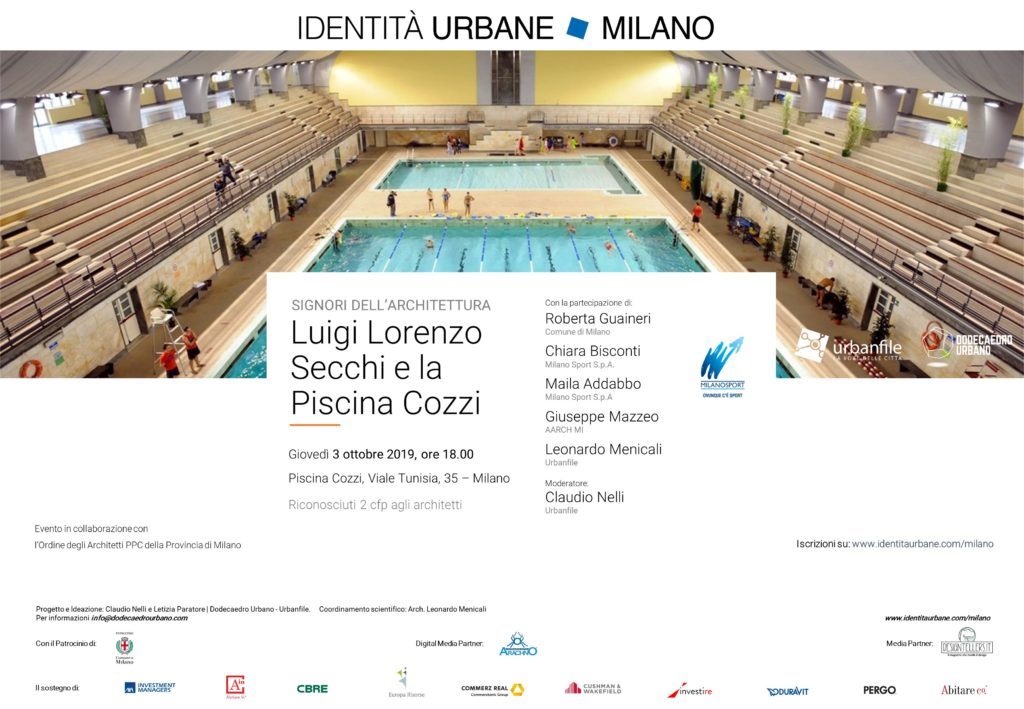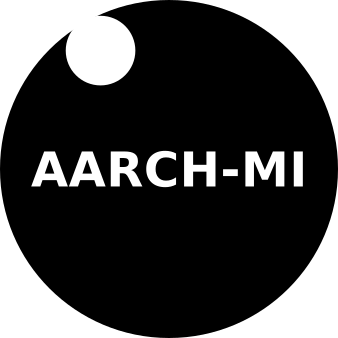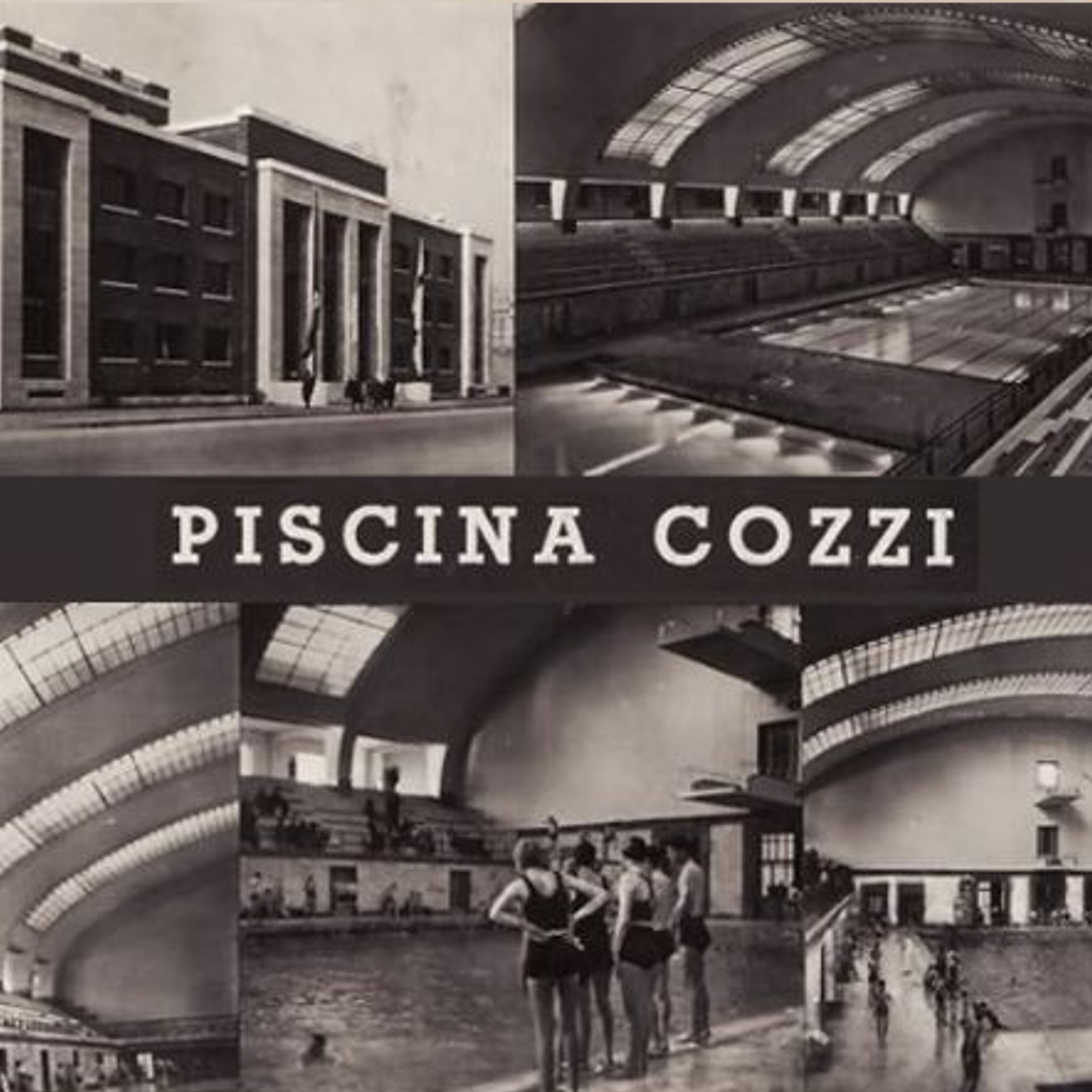
Perchè la Piscina Cozzi dovrebbe essere restaurata!? Lo ha raccontato Peppe Mazzeo (fondatore di AARCH-MI) in questa conferenza, per il ciclo Identità Milano, organizzato da Dodecaedro Urbano.
Uno spazio eccezionale, parte della costruzione urbana per punti ed edifici sociali che ha visto Luigi Lorenzo Secchi protagonista sul finire degli anni trenta del secolo scorso. Di quell’epoca di guerra e fascismo restano edifici -scuole, piscine e un mercato – che Secchi disegnò guardando agli esempi nordeuropei dei quali scriveva ne Il Politecnico.
Meticoloso ricostruttore del Teatro alla Scala bombardato durante la seconda guerra mondiale, ruolo per il quale viene spesso ricordato, di lui relativamente poco si parla nei libri di storia dell’architettura.
Questa lezione è stata l’occasione per visualizzare il valore di questo edifici che, tra quelli che Secchi ha realizzato, è stato e resta uno dei più noti.
Attualmente la copertura è occlusa da teli di protezione, posizionati in attesa dei restauri. In occasione della conferenza è stato proiettato un video della ricostruzione digitale che visualizza gli effetti dell’illuminazione naturale sull’aula, che abbiamo riprodotto grazie a software di cui ci serviamo per lo studio dei nostri progetti.
Ricostruzione digitale degli effetti dell’illuminazione naturale sull’aula delle vasche della Piscina Cozzi di Milano. / Digital reconstruction of the effects of natural lighting on the classroom of the pools of the Cozzi swimming pool in Milan.
Why should the Cozzi Pool be restored !? Peppe Mazzeo (AARCH-MI founder) told it in this conference, for the Identità Milano cycle, organized by Dodecaedro Urbano.
An exceptional space, part of the urban construction for points and social buildings that saw Luigi Lorenzo Secchi protagonist in the late thirties of the last century. From that era of war and fascism there are still buildings – schools, swimming pools and a market – that Secchi designed looking at the Northern European examples of which he wrote in Il Politecnico.
Meticulous rebuilder of the Teatro alla Scala bombed during the Second World War, a role for which he is often remembered, relatively little of him is mentioned in the history of architecture books.
This lesson was an opportunity to visualize the value of this building which, among those that Secchi has created, has been and remains one of the best known.
The roof is currently blocked by protective sheets, positioned pending restoration.
On the occasion of the conference a video of the digital reconstruction was projected which displays the effects of natural lighting on the classroom, which we reproduced thanks to software that we use for the study of our projects.

